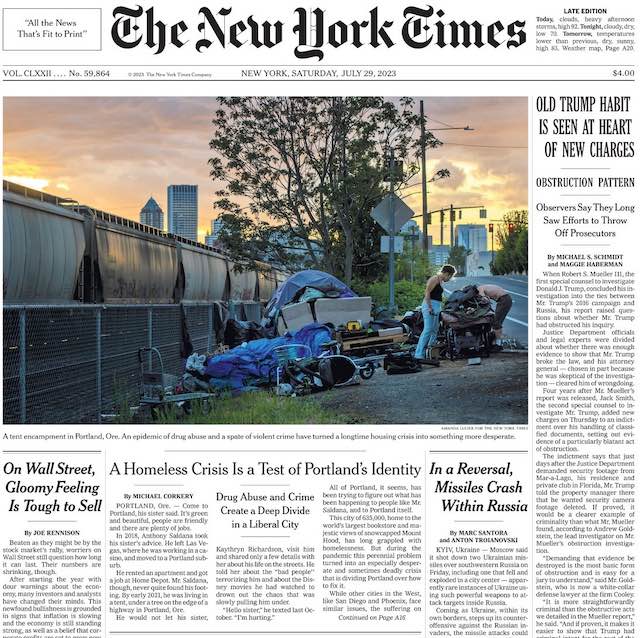Last week, the Economist published an article about when the New York Times lost its way. The article traces it to a June 2020 opinion piece by conservative U.S. Senator Tom Cotton that provoked such outrage among Times staffers that the editorial page editor, James Bennet, was forced to resign. Since Bennet now writes for the Economist, and in fact was the author of this article, it is easy to see why he would consider that incident to be a turning point for the Gray Lady.
In 2020, the Economist argued that countries should take advantage of the pandemic to enact draconian policies aimed at reducing climate change.
While it is easy to argue that the New York Times lost its way long before that incident, I have a different question: When did the Economist lose its way? The weekly magazine that calls itself a newspaper was founded 180 years ago based on the principles of free trade and free markets. Yet it seems to have forgotten those principles today, advocating for more and more government control of the world and national economies. Continue reading
















